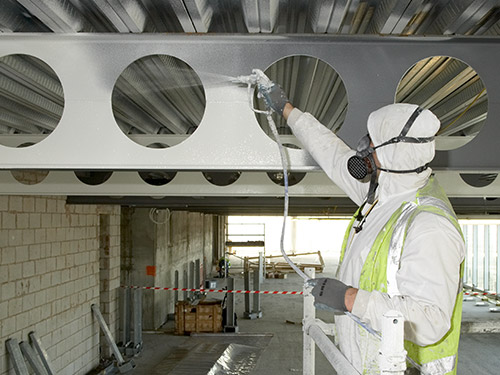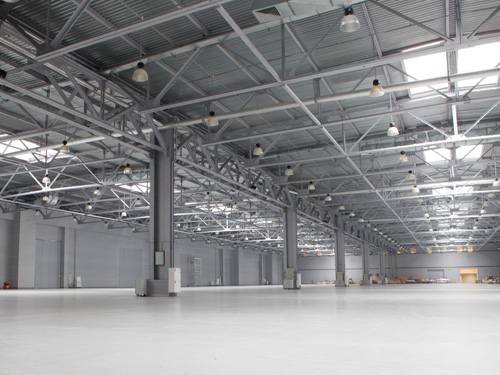
What are the primary challenges confronting the construction industry in the APAC region regarding structural fire protection?
When selecting fire-resistant materials or systems, engineers may sometimes find it challenging to specify the most appropriate products that fully meet safety standards. While rules and guidelines for fire protection strategies are in place, there may be a lack of consistent enforcement, which can result in varying levels of compliance across projects. Fire protection is a specialized field that plays a vital role in safety. Consistent oversight and awareness can help ensure fire protection strategies are thoroughly understood and effectively applied.
 How do structural intumescent coatings differ from other fire protection methods, and in what scenarios are they most suitable?
How do structural intumescent coatings differ from other fire protection methods, and in what scenarios are they most suitable?
When speaking of application method, cementitious fireproofing requires mixing the material on-site, often messy and labour-intensive, while water-based intumescent is only suitable for internal use on structural steelwork.
Our star product, the SC902 is an innovative hybrid intumescent coating where the curing time is faster with a single coat of up to 6mm. Intumescent fire coating is favoured for their aesthetically pleasing finish while still delivering the same level of fire protection. It is easy to apply using airless spray paint equipment and require less labour. It has the flexibility to be applied on-site or off-site in a controlled factory environment. Furthermore, building developers have the freedom to overcoat parts of exposed steel structure with any colours of their choice. Even if the structures are already erected, you don’t need complicated scaffolding to touch up the steel parts, just use a cherry picker!
What are the current trends driving innovation in the fire protection industry, particularly in response to evolving building codes and environmental regulations?
Current trends focus on faster drying times, lower dry film thickness (DFT), and improved weather and mechanical resistance. Following the C1–C5 environmental classification, there's an increasing emphasis on durable fire protection solutions. The SC902 stands out for its versatility, suitable for environments from C1 (internal, dry areas) to C5 (harsh coastal conditions). With 85% volume solids, Nullifire SC902 meets these specifications, and we're developing next-generation intumescent coatings with higher volume solids for enhanced fire resistance and minimal coating thickness.
What role do modern fire protection solutions play in the grand scheme of sustainability?
Fire protection plays an important role in sustainability, and intumescent coatings are no exception. Traditional solvent-based coatings release high levels of VOCs, which are harmful chemicals released into the air during application. In the early 1990s, solvent-based VOCs exceeded 250 g/litre, leading to the rise of water-based intumescent as a more eco-friendly alternative. However, water-based coatings still face challenges in extreme weather or high-humidity environments and are limited to on-site application in C1 and C2 environments only.
Our SC902 intumescent coating with hybrid technology complies with the VOC content limit of 250g/litre as established in the Green Seal Standard GC-03 for Anti-Corrosive Paints. The SC902 only contains VOC of 137g/litre, not only it is environmentally friendly for use but also proven in durability and performance.
 Can you share a moment in your career that reinforced the importance of your work in educating structural engineers about fire protection?
Can you share a moment in your career that reinforced the importance of your work in educating structural engineers about fire protection?
In the early 2000s, while overseeing fire protection systems in Asia, I noticed knowledge gaps among builders in certain areas. I remember a time when an architect sought to design steel structures, local fabricators were unable to meet the specifications, resulting in increased costs and longer project timelines due to a lack of expertise in both construction and fire protection systems.
With 30 years in the fire protection industry, I've delivered numerous presentations and knowledge-sharing sessions, using both technical jargon and layman’s terms. I'm always eager to share my expertise and, even when uncertain about a topic, I strive to find answers so we can learn together. There’s always room for new knowledge!



 Fire Protection
Understanding Firestopping and Fire Protection
Fire Protection
Understanding Firestopping and Fire Protection
 Fire Protection
Intumescent Paints: On-site vs Off-site Applications
Fire Protection
Intumescent Paints: On-site vs Off-site Applications
